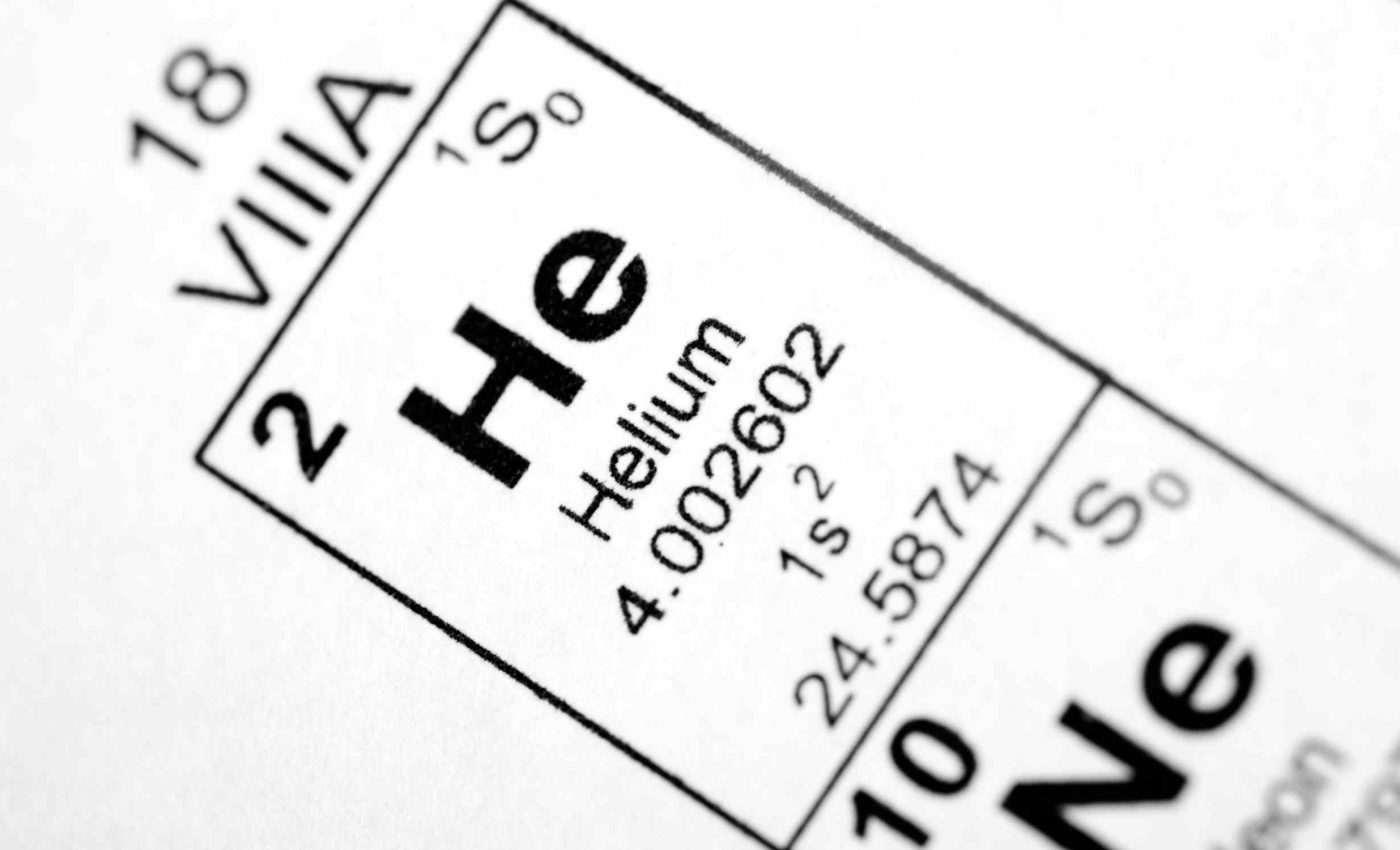
World's helium supply is running very low, and the race is on to prevent the next shortage
Helium has quietly become one of the most indispensable resources of modern life. It’s used in hospital equipment, spacecraft, deep-sea breathing mixtures, electronics manufacturing, and scientific instruments – yet its supplies are notoriously precarious.
Those precarious supplies nearly derailed the work of Nancy Washton, a chemist at the Pacific Northwest National Laboratory (PNNL), who oversees instruments that rely on helium to stay cool.
She was forced to shut down a crucial nuclear magnetic resonance spectrometer in 2022, when her supplier started cutting deliveries.
Importance of the helium supply
Helium’s unique low boiling point, around -452 °F, makes it vital for cooling superconducting magnets found in MRI scanners, nuclear magnetic resonance devices, and other sensitive equipment.
Its inert nature ensures it doesn’t react with other chemicals. Since it’s also very light, it’s used to fill balloons for meteorological measurements and essential airbags in cars.
This gas is so lightweight that it can leak into space over time, making it impossible to recapture once it’s gone. Existing supply lines rely on drilling deep into Earth’s crust, where radioactive decay gradually produces helium.
Producers separate helium from natural gas streams before shipping it off to meet scientific, medical, and industrial demand.
Squeeze on research labs
“We are now living on the banked liquid helium that the vendors had,” said Washton, who also noted the price at one point reached $55 per liter to cool a magnet. Researchers around the world, including teams using NMR spectrometers, have felt the pinch.
This forced her to mothball some of PNNL’s superconducting instruments, disrupting important energy research.
Others have installed expensive recovery systems that can recollect much of the boiled-off gas, re-liquefy it, and reuse it. But recovery setups are costly, need careful maintenance, and can require new pipework throughout a lab.
Smaller institutions often struggle with these expenses, raising concerns that cutting-edge research could suffer while budgets get stretched.
Helium supply and health care
Hospitals use more helium than any other sector, about one-third of the global market. The gas cools powerful magnets in MRI scanners. If supply lines falter, scans may be delayed or canceled.
Some new MRI models require as little as a single liter of helium, using sealed units that recirculate the gas.
These machines often cost more and produce slightly lower magnetic field strengths, yet they offer hope for reducing helium demand.
Growing industries, shrinking supplies
Analysts expect global helium demand to double by 2035 because of its role in semiconductor and electric vehicle battery manufacturing.
Despite this, no large-scale artificial method exists to produce helium. It is created naturally in our planet’s crust at a slow rate, and it continually drifts out of the atmosphere.
Supply disruptions are common, fueled by events like maintenance shutdowns at processing plants and geopolitical conflicts.
Qatar, Algeria, and the United States remain key suppliers, but mishaps and trade sanctions can put deliveries in jeopardy.
Scrambling for new sources
Major natural gas exporters hope to tap additional helium reserves. Tanzania’s recent discovery of a large helium field is slated to begin production in 2025, marking the first time helium will be extracted at scale without relying on fossil fuels.
Qatar also plans to bring a new helium plant online by 2027. These projects could help ease market jitters.
Yet some experts, including Oxford’s Christopher Ballentine, warn that the logistics and financing for these fields may take years to materialize.
Ensuring tomorrow’s supply
Over the years, governments have tried to manage helium by maintaining strategic stockpiles. The U.S. Federal Helium Reserve, once the planet’s largest source, was sold in 2024 to a private firm.
Concerned groups such as The Compressed Gas Association cautioned that this sale might bring added uncertainty to an already volatile market. Predicting stable output has grown difficult, and prices have soared accordingly.
Racing against time
“This is serious and we need to deal with it,” said Washton. She suggests that ordinary people could be caught off guard if helium shortages intensify.
If future shortages worsen, everything from routine hospital scans to advanced semiconductor production might be impacted.
Stakeholders are cautiously optimistic that new helium fields, smaller MRI machines, and better recycling measures will prevent a dire shortfall.
But the gas’s rare qualities mean replacements are tough to find. Efforts are underway to reuse every drop possible, even if that requires pricey equipment and careful planning.
The study is published in Physics Today.
—–
Like what you read? Subscribe to our newsletter for engaging articles, exclusive content, and the latest updates.
Check us out on EarthSnap, a free app brought to you by Eric Ralls and Earth.com.
—–













